When it comes to summer socks, we naturally offer mainly functional socks. They are designed to be as usable as possible for outdoor use. Both in terms of material and cut.
Compared to three-season socks, summer socks are specific in that they don't have to be as warm. But they should also be of good quality so that they do not wear out. In addition, we generally do not recommend using ankle models for outdoor socks, but on the contrary, socks should form a comprehensive transition between the foot and the boot over its entire height, even in summer.
Special compression socks
Some enthusiasts of outdoor activities, on the other hand, can appreciate socks that are even higher than average. Such socks are sometimes called compression socks and can minimize the vibrations acting on the wearer's muscles and tendons. At the same time, they can also prevent the formation of lactic acid, which is one of the main causes of muscle fatigue. Thanks to this, such socks are also suitable for more demanding events with above-average loads.
What about the material?
But we shouldn't underestimate the choice of classic height socks either. As with three-season or even winter socks, a suitable material is merino wool, which can keep you warm even when wet. Which you may not appreciate during a warm summer day, but if you are going to bivouac in the forest, even in summer the evenings are not always completely warm. Merino wool also offers another important property, which consists in good drainage of moisture in the direction from the foot to the boot. This should have a midsole made of a membrane material so that steam does not condense in the area between the socks and the boot, but so that its molecules penetrate further to the surface. But that's another story.
Today, some synthetic materials, such as polyester, can compete with merino wool in terms of moisture removal. It can be combined with cotton or elastane for greater comfort. However, it is better not to choose cotton itself. It likes to absorb moisture, but it no longer lets it out. After a few kilometers you can "bath in your own juice".
Pay attention to other details as well
We should also pay attention to other important details, such as reinforced heel and toe, not only with summer socks intended for outdoor use. It is these areas that tend to be weak points for some models of socks. And it is the reinforced material in these areas that also means increased durability of the socks. And that also means higher sustainability. Especially for outdoor socks, which are not always the cheapest and which we have to rely on even in demanding situations, high durability and quality are essential factors.
Additives in the basic materials also bring increased resistance – we are talking here, for example, about nylon, with which the basic merino wool can be stitched. The ergonomic cut of the socks will not only ensure increased comfort for the wearer, but also minimize the folding down of the socks during walking, which can sometimes be quite annoying.
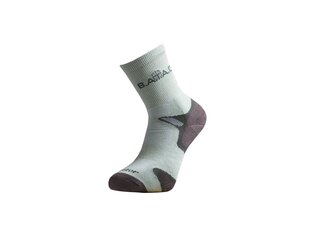


Silver Fiber Socks Batac Operator
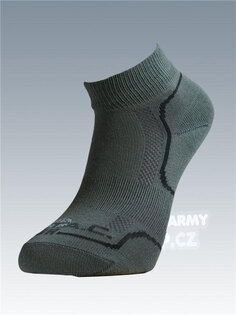


Silver Fiber Socks Batac Classic Short
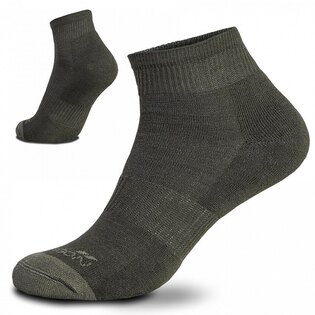


Pentagon® low cut socks
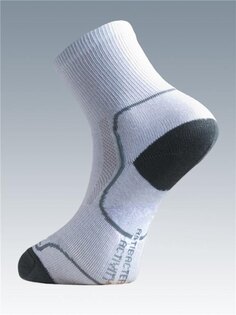


Silver Fiber Socks Batac Classic
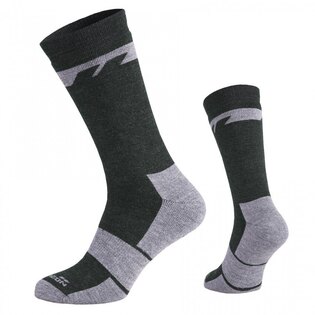


Pentagon® Alpine Merino Heavy socks
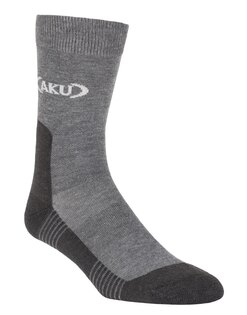


AKU Tactical® Trekking socks
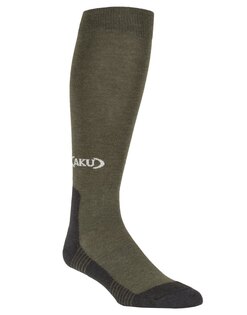


AKU Tactical® Trekking High socks



Pentagon® Iris Coolmax® socks
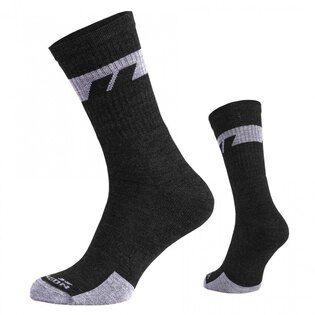


Pentagon® Alpine Merino Medium socks
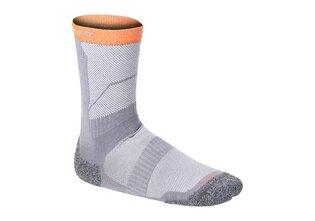


Outrider Tactical® TORD Crew socks
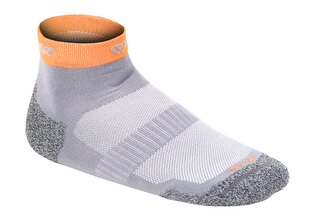


Outrider Tactical® TORD Ankle socks
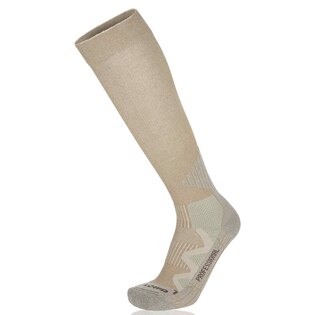


Lowa® Compression Pro socks
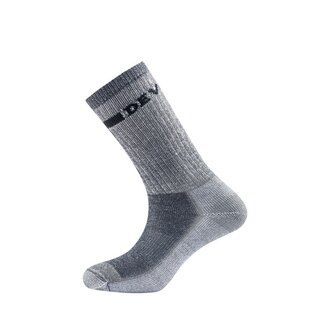
Devold® Outdoor Merino Medium Socks
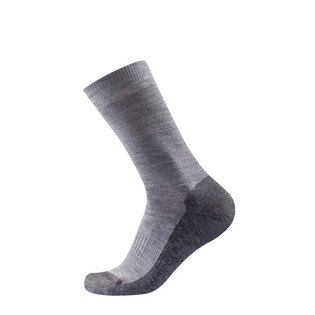
Devold® Multi Merino Medium Socks


































































































































